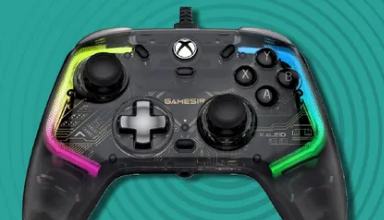
“Revolutionizing Neural Interface Technology: Soft Implantable Device Records Single-Neuron Activity for Months”
Neural
Studying the activity of large populations of single neurons in the brain over extended periods is crucial for advancing our understanding of neural circuits, facilitating innovative medical device-based therapies, and supporting future brain–computer interfaces requiring high-resolution electrophysiological information.
However, a tradeoff exists between the high-resolution information an implanted device can capture and its longevity in maintaining recording or stimulation performances. While rigid silicon implants with numerous sensors can gather a wealth of information, they struggle to remain in the body for extended durations. On the other hand, flexible and smaller devices are less intrusive and longer-lasting in the brain but provide only a fraction of the available neural information.
In a recent development, an interdisciplinary team of researchers from the Harvard John A. Paulson School of Engineering and Applied Sciences (SEAS), in collaboration with The University of Texas at Austin, MIT, and Axoft, Inc., has introduced a soft implantable device equipped with dozens of sensors. This device demonstrates the capability to stably record single-neuron activity in the brain for months.
Published in Nature Nanotechnology, the research marks a significant leap in the design of bioelectronics for neural recording, stimulation, and brain–computer interfaces. The device, boasting single-cell resolution brain–electronics interfaces, is more biologically compliant than traditional materials.
Paul Le Floch, the first author of the paper and former graduate student in the lab of Jia Liu, Assistant Professor of Bioengineering at SEAS, stated, “This work has the potential to revolutionize the design of bioelectronics for neural recording and stimulation, and for brain–computer interfaces.”
To overcome the tradeoff between high-resolution data rate and longevity, the researchers employed fluorinated elastomers, materials known for their resilience, stability in biofluids, excellent long-term dielectric performance, and compatibility with standard microfabrication techniques. Integrating these materials with stacks of soft microelectrodes resulted in a long-lasting probe that is 10,000 times softer than conventional flexible probes made of engineering plastics.
The device, featuring 64 sensors in total, was successfully demonstrated in vivo, recording neural information from the brains and spinal cords of mice over several months. The study emphasizes the feasibility of designing novel elastomers for long-term-stable neural interfaces, expanding the possibilities for the future development of neural interfaces. The interdisciplinary nature of the research involved expertise in biology, electrical engineering, materials science, mechanical and chemical engineering, showcasing the collaborative efforts of the team.




